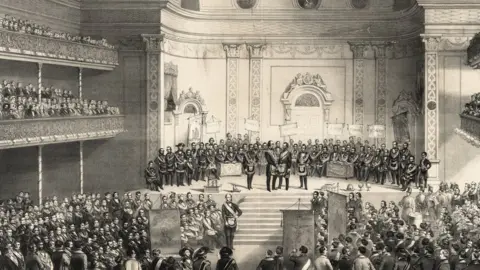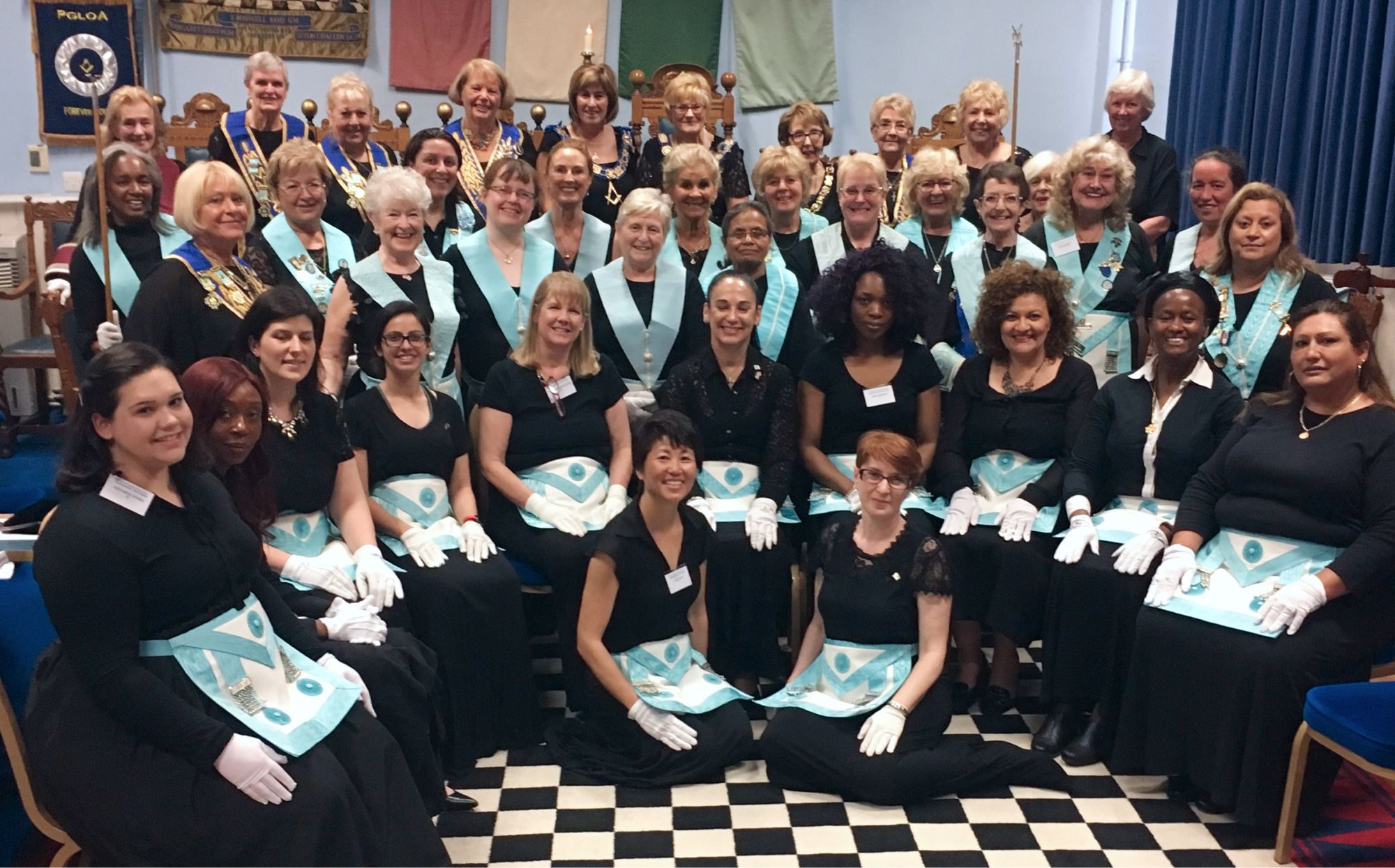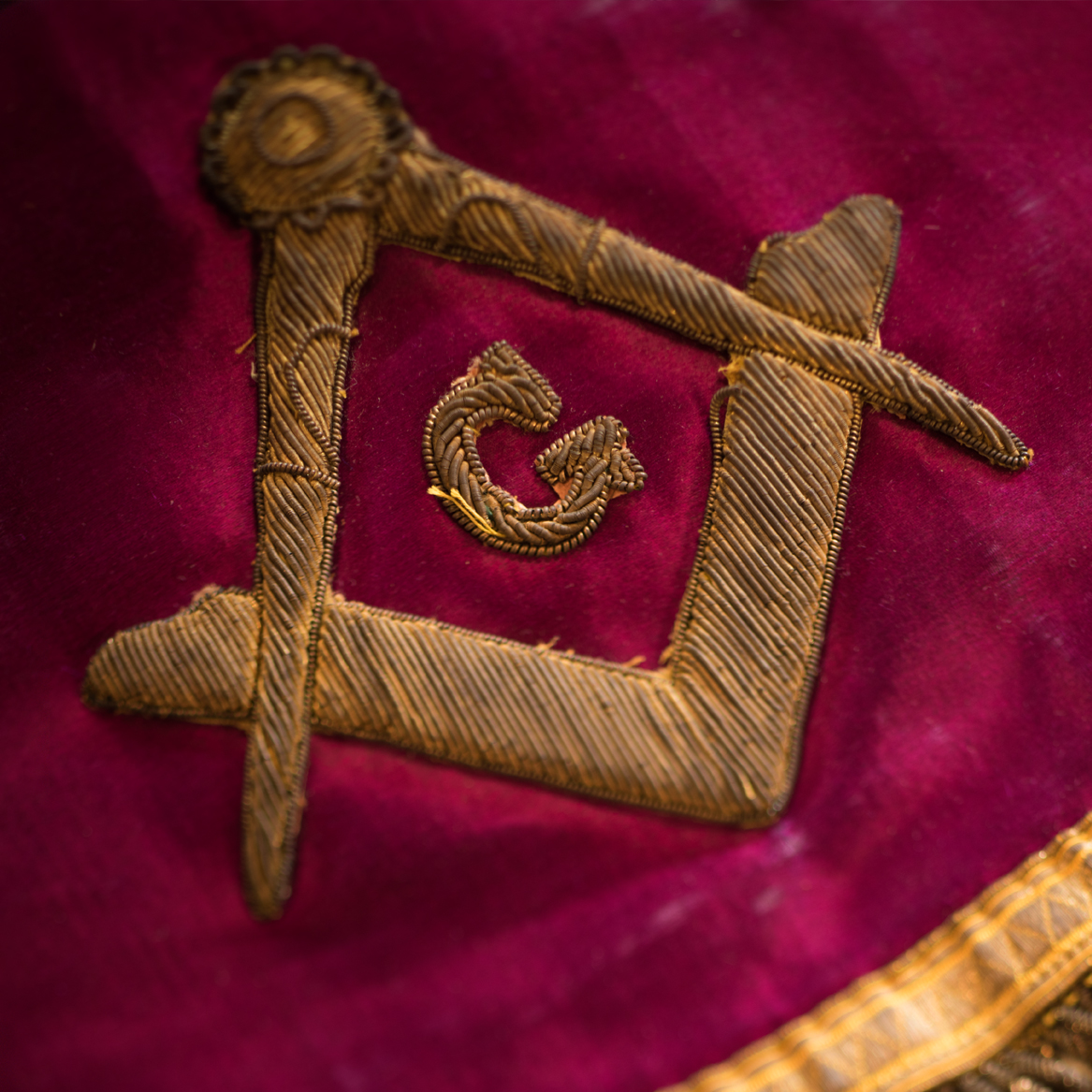Unlock the Mysteries When You Join FreemasonThis Year
Wiki Article
Discovering the Mysteries of the copyright: What You Required to Know
The copyright, a term frequently shrouded in intrigue and controversy, stands for a complex tapestry of historical fact and modern-day misconception. Developed in the late 18th century, this secret society was initially rooted in the Enlightenment's ideals however has given that come to be identified with conspiracy concepts concerning elite control. As we navigate the beginnings, key numbers, and the stark comparison in between myth and truth, one must consider how these narratives influence contemporary assumptions of power and privacy. What could be exposed with a better exam of these elements could challenge long-held assumptions regarding the darkness that remain in our culture.Beginnings of the copyright
The origins of the copyright are steeped in a blend of historic intrigue and ideological fervor. Developed in 1776 in Ingolstadt, Bavaria, by Adam Weishaupt, the team was at first formed as a secret society focused on advertising Knowledge suitables such as factor, secularism, and the separation of church and state. join freemason. Weishaupt, a professor of canon law, sought to test the dominating authority of the church and state, which he checked out as oppressive institutions suppressing intellectual and individual libertyThe copyright looked for to recruit prominent members from different societal markets, consisting of national politics, academic community, and the arts, to cultivate a network committed to these Knowledge principles. The culture operated under a veil of secrecy, utilizing coded language and routines to protect its members from mistreatment, specifically offered the repressive environment of the time. The copyright encountered significant resistance from both governmental authorities and spiritual organizations, which viewed the group as a danger to their power.
Secret Figures and Members
That were the pivotal figures that formed the copyright's early influence and instructions? The Bavarian copyright, founded in 1776 by Adam Weishaupt, arised as a reaction to the oppressive societal frameworks of the time.An additional considerable figure was Johann Gottlieb Fichte, a noticeable thinker whose concepts on nationalism and education and learning reverberated with the copyright's objectives. Although Fichte was not an official member, his philosophical supports affected the group's ideology. Additionally, numbers like the writer and philosopher Johann Wolfgang von Goethe were associated with the broader intellectual movements of the time, although their straight participation with the copyright continues to be questioned.
These key numbers contributed to the copyright's very early direction, pushing the borders of political and social idea, while their cumulative efforts aimed to test well-known norms and promote an environment of progressive change in Europe. (join freemason)
Myths vs. Reality
Several false impressions border the copyright, typically mixing reality with fiction in a way that covers its true nature. The idea that the copyright proceeds to exert substantial impact over world occasions is a myth.An additional common misconception is that the copyright comprises a network of elite people manipulating international events. Actually, numerous conspiracy concepts overemphasize the group's significance, attributing misguided motives to social trends and events. This has actually caused an oversimplified view of intricate concerns.
In addition, the representation of the copyright in pop culture commonly further distorts its legacy. Movies and literature tend to sensationalize the organization's duty, producing a narrative that deviates from historical realities. Comprehending the difference between the misconceptions and the reality of the copyright is important for discerning the real influence of this historic group and recognizing the more comprehensive ramifications of conspiracy theories in contemporary society.

Modern Interpretations
Contemporary analyses of the copyright often mirror broader social stress and anxieties and an attraction with privacy and power. This modern lens frequently links the copyright with conspiracy theories that suggest a covert elite manages globe occasions, controling federal governments and economic situations for their own gain. Such narratives use an ingrained suspect of authority, specifically in times of dilemma or social upheaval.In popular society, the copyright is usually depicted as a supreme company shrouded in mystery, leading to a huge selection of fictional portrayals in literary works, movie, and music. This portrayal serves not only to captivate however additionally to provoke thought of the nature of power and control in contemporary culture. Social media has actually better magnified these analyses, permitting rapid circulation of conspiracy theory theories and producing neighborhoods that share and expand upon these concepts.
Moreover, some contemporary analyses frame the copyright as an allegory for the complexities of globalization and the interconnectedness of influential individuals and organizations. This viewpoint encourages an essential examination of exactly how power characteristics operate in today's world, highlighting the balance in between openness and privacy in administration and corporate practices.
Cultural Effect and Tradition
Influenced by centuries of intrigue, the social influence and tradition of the copyright prolong much beyond its historic beginnings. This secret culture, established in the late 18th century, has actually penetrated various elements of prominent culture, from literature and movie to songs and art. join freemason. The concept of the copyright has progressed into an icon of conspiracy theory theories, commonly standing for a regarded covert power controling worldwide eventsIn literary works, writers like Dan Brown have woven the copyright into detailed stories, exciting visitors with motifs of secrecy and power. Films such as "National Prize" and "The Da Vinci Code" better bolster the allure of the culture, mixing truth with fiction to create engaging stories.

Inevitably, the copyright's tradition is an intricate tapestry of myth and truth, shaping understandings of secrecy and control in contemporary discussion. Its enduring existence in society highlights mankind's perennial pursuit for recognizing hidden truths.

Final Thought
The exploration of the copyright discloses a complex interaction between historical realities and modern-day myth-making. Established in the Knowledge join freemason period, this culture aimed to challenge overbearing structures, yet its tradition has been overshadowed by conspiracy concepts that suggest elite adjustment. Recognizing the distinctions between the original perfects and modern analyses is vital for comprehending the enduring attraction with the copyright and its significant impact on social stories bordering power and privacy in culture.Report this wiki page